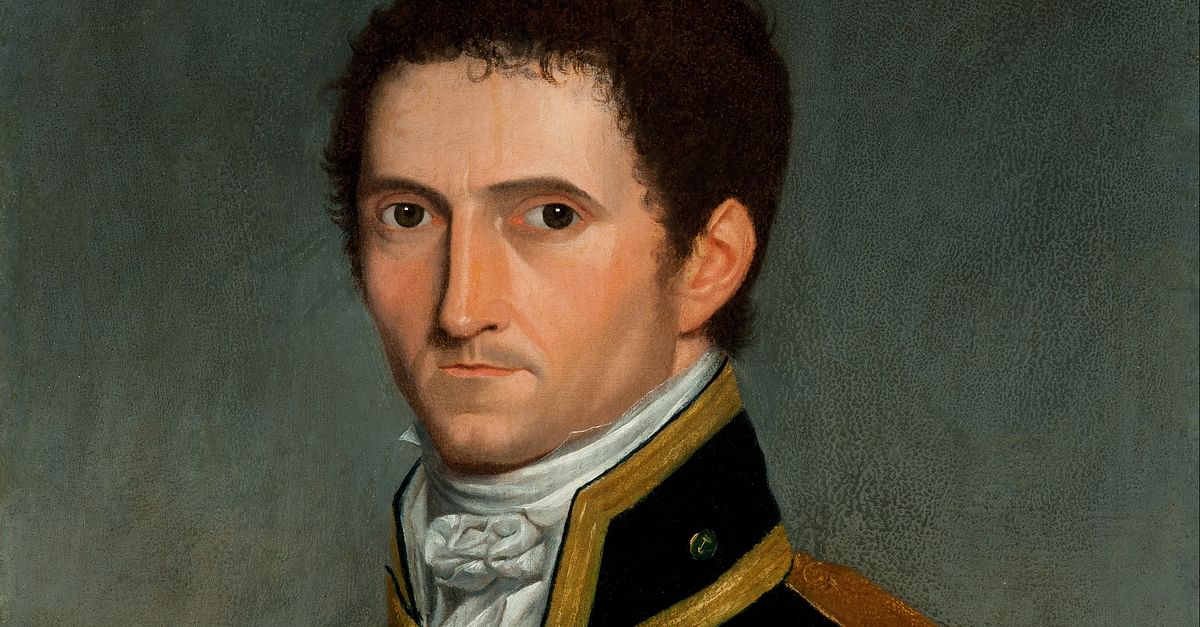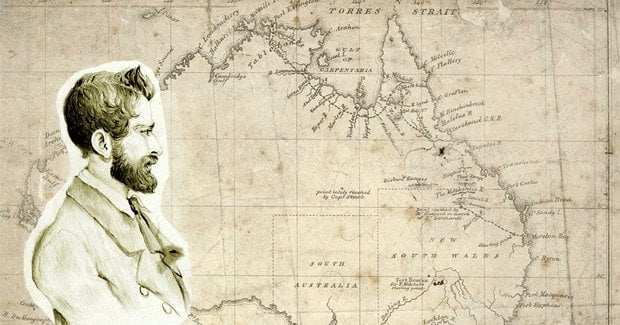A British navigator, cartographer, and scientist, Flinders played a crucial role in the mapping and understanding of the Australian continent. His voyages, meticulous charting, and scientific observations significantly contributed to the knowledge of Australia’s coastline, shaping the course of exploration and settlement. This article delves into the life, expeditions, and lasting legacy of Matthew Flinders, a true pioneer in the exploration of Australia.
Early Life and Naval Career:
Born on March 16, 1774, in Donington, England, Matthew Flinders displayed an early passion for the sea and navigation. He joined the Royal Navy at the age of 15 and quickly gained a reputation for his exceptional skills as a navigator and cartographer. Flinders’ thirst for knowledge and his commitment to scientific exploration set him on a trajectory that would forever change the understanding of Australia.
The Voyage of the Investigator:
In 1801, Flinders set sail on his most renowned expedition aboard the HMS Investigator. His mission was to circumnavigate and thoroughly survey the Australian continent. Accompanied by a team of skilled scientists and navigators, including the botanist Robert Brown and the artist William Westall, Flinders embarked on a journey that would shape the course of Australian exploration.
Mapping and Charting Australia:
Flinders’ meticulous mapping and charting efforts transformed our understanding of Australia’s coastline. He documented the intricacies of the continent, meticulously charting landmarks, bays, and inlets. Notable features named and surveyed by Flinders include the Gulf of Carpentaria, Spencer Gulf, and the Great Australian Bight. His charts, characterized by their accuracy and detail, laid the foundation for future explorations and navigations.
Encounter with Indigenous Peoples:
Flinders’ encounters with Indigenous peoples during his voyages were marked by mutual curiosity and respect. He had interactions with various Indigenous communities, including the Kaurna people near present-day Adelaide and the Bungandidj people in the Coorong region. These encounters provided valuable insights into the rich cultural heritage and knowledge of the land held by the Indigenous peoples.
Scientific Contributions:
Flinders’ expeditions were not solely focused on mapping and navigation. He made significant scientific contributions during his voyages, including detailed observations of flora, fauna, and geological formations. His work as a scientist added to the broader understanding of the natural history and biodiversity of Australia.
Circumnavigation and the Naming of Australia:
Flinders achieved a remarkable feat in 1802 when he became the first person to circumnavigate the Australian continent. His completion of this journey further solidified his place in history as a pioneering explorer. Additionally, it was Flinders who advocated for the name “Australia” to be officially adopted, replacing the previous term “New Holland.”
Imprisonment and Legacy:
Tragically, Flinders’ contributions to Australian exploration were marred by his imprisonment. During a stopover in the French-controlled island of Mauritius on his return journey to England, Flinders was detained for over six years. Despite his incarceration, he continued to work on completing and publishing his accounts of the Australian coastlines.
Flinders’ lasting legacy is undeniable. His charts, maps, and scientific observations revolutionized the understanding of Australia’s geography and natural history. The names he bestowed upon landmarks, such as the Flinders Ranges and Port Flinders, serve as enduring tributes to his remarkable achievements.
Conclusion:
In conclusion, Matthew Flinders stands as a pioneering figure in the exploration of Australia. His meticulous mapping, scientific observations, and circumnavigation of the continent brought about significant advancements in our understanding of Australia’s coastline, geography, and natural history. Flinders’ voyages, undertaken with unwavering determination and a commitment to scientific exploration, shaped the course of Australian exploration and left an indelible mark on the mapping of the continent.
Flinders’ legacy extends beyond his mapping achievements. His encounters with Indigenous peoples, marked by mutual respect and curiosity, provided valuable insights into the rich cultural heritage and knowledge of the land held by the Indigenous communities. Additionally, his scientific contributions expanded the understanding of Australia’s flora, fauna, and geological formations.
Despite the challenges he faced, including his unjust imprisonment, Flinders continued to work on completing and publishing his accounts, ensuring his valuable findings reached the wider world. His tireless efforts to document and promote the name “Australia” as the official designation for the continent cemented his place in history as an advocate for national identity.
The lasting impact of Matthew Flinders’ exploration can be seen in the names of landmarks and regions that bear his imprint. The Flinders Ranges, Port Flinders, and Flinders Island stand as enduring tributes to his remarkable achievements and contributions.
Flinders’ dedication to scientific exploration, his meticulous charting, and his commitment to understanding the vast Australian continent laid the foundation for future explorations and shaped the course of Australian history. His legacy continues to inspire generations of explorers, scientists, and cartographers to uncover the wonders of the world around us.
References:
- Hill, Barry. Matthew Flinders: Navigator and Chartmaker. National Library of Australia, 2002.
- Flinders, Matthew. A Voyage to Terra Australis: Volume 1. G. and W. Nicol, 1814.
- Webster, John. Matthew Flinders: The Ultimate Voyage. NewSouth Publishing, 2017.
- Hill, Ernestine. My Love Must Wait: The Story of Matthew Flinders. Angus & Robertson, 1941.
- Estensen, Miriam. Terra Australis: Matthew Flinders’ Great Adventures in the Circumnavigation of Australia. Allen & Unwin, 2002.
- Bassett, Marnie. Matthew Flinders: The Man Who Mapped Australia. Text Publishing, 2002.
- Hill, Ernestine. The Life of Matthew Flinders. Angus & Robertson, 1966.


